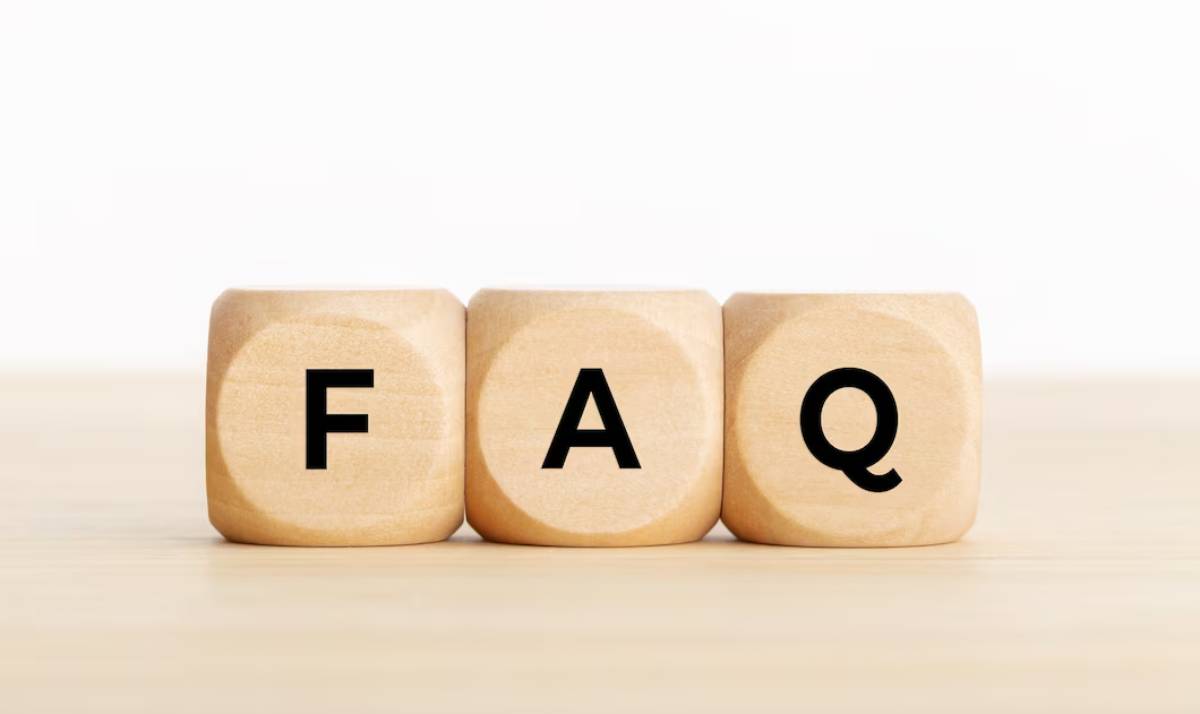
How to Measure and Reflect on Deep Work Sessions
Deep work is powerful—but without reflection, it’s difficult to improve or stay consistent.
To sustain focus and refine your working habits over time, you need to track performance and reflect honestly. Logging your sessions using simple focus metrics and regular productivity reflection creates a feedback loop that helps you work smarter, not just harder.
This guide will show you how to use a deep work log to capture meaningful data, assess your progress, and make continuous improvements to your focus and flow.
Understanding the Core: Why Measurement Matters in Deep Work
Cal Newport popularised the concept of deep work as high-value, distraction-free focus. But unlike task lists or calendar events, deep work sessions are often invisible—unless you track them. Without measurement, it’s easy to confuse busyness with effectiveness.
Why it matters:
- Provides clarity on what drives your best work
- Helps optimise time of day, task type, and work setting
- Identifies distractions and habits that derail focus
- Encourages accountability and sustainable deep work habits
Cognitive science supports this. According to research in Cognitive Psychology, self-monitoring improves task engagement and goal alignment—two pillars of successful deep work.
Pro Tip:
You don’t need to track everything—just enough to notice patterns and guide adjustments.
Quick Guide: Deep Work Session Review
- Track when, where, and how long your deep work takes place.
- Rate your focus, energy, and distractions after each session.
- Review weekly for patterns and possible improvements.
Important:
The goal isn’t perfect focus—it’s progress. Small insights from your deep work log can lead to major gains in concentration and output.
Step-by-Step Guide to Measuring and Reflecting on Deep Work
Step 1: Define What You’re Measuring
Before you can improve your focus, decide what success looks like for your deep work.
Key Focus Metrics to Track:
- Duration: How long did you work in deep focus?
- Focus Quality (1–5): How mentally present were you?
- Distractions: How often did your attention break?
- Task Clarity: Did you know exactly what you were working on?
- Energy Level (1–5): Did you feel energised or drained during the session?
- Output: What did you accomplish?
Tip: Choose 3–4 core metrics to begin with. Too many can become overwhelming.

Step 2: Set Up Your Deep Work Log
Use a format that’s easy to maintain—paper, spreadsheet, app, or digital journal.
What to Include:
- Date and time
- Duration of session
- Project or task
- Focus rating
- Notes on distractions
- Key insights or wins
- Adjustment for next time
Tools to Try: Notion, Obsidian, Roam Research, Google Sheets, or even a dedicated notebook.
Step 3: Capture Reflections Immediately After Each Session
Record your impressions while they’re fresh. Reflection takes only 2–3 minutes but is incredibly valuable.
Prompt Questions:
- What helped me stay focused today?
- What distracted me—and why?
- What change would improve my next session?
- Did I complete what I intended to?
Don’t aim for poetic prose—just honest, brief answers that reveal trends over time.
Step 4: Review Your Deep Work Log Weekly
Once you have 4–10 sessions logged, step back and look for patterns.
Look For:
- Time of day with best focus
- Work environments that support or disrupt flow
- Tasks that spark natural concentration
- Common sources of distraction (notifications, hunger, fatigue)
Highlight standout sessions and identify which conditions to replicate or avoid.
Step 5: Adjust Your Deep Work Strategy Based on Insights
Use what you’ve learned to tweak your schedule, environment, or workflow.
Possible Adjustments:
- Shift your deep work block to earlier in the day
- Pre-define your task more clearly before starting
- Use noise-cancelling headphones if working in shared spaces
- Batch similar sessions together (writing, planning, coding)
Refinement keeps your deep work routine evolving with your needs—not stuck in autopilot.
Step 6: Measure Long-Term Progress Every Month
Zoom out every 4–6 weeks to see whether your efforts are moving you forward.
Monthly Reflection Ideas:
- How many focused hours did I log?
- How did my average focus quality change?
- Which systems helped most?
- What do I want to improve next month?
This helps maintain momentum, adjust goals, and avoid burnout through thoughtful pacing.
Tools and Templates for Tracking Deep Work
- Notion Deep Work Template – Customisable dashboard with rating scales
- Toggl Track / Clockify – Time tracking with category tagging
- Daylio or Reflectly – Mood + focus journaling
- Analog notebook or journal – Minimalist and distraction-free
- Forest / Pomofocus.io – Use for session timing + logging notes after each interval

Frequently Asked Questions (FAQs)
1. How long should a deep work session be?
Typically 60–120 minutes. You can use longer Pomodoro intervals (e.g. 50/10) to structure sessions. Choose what suits your focus stamina.
2. Do I need to track every session?
No. Aim to log 3–5 sessions a week. It’s about building awareness—not perfection.
3. What if I’m too busy to review logs weekly?
Try a brief Sunday review. Even 10 minutes can reveal useful patterns to guide the week ahead.
4. How can I tell if my focus is improving?
Compare your focus ratings, task completion, and distraction levels week to week. Also track how you feel—less resistance and smoother sessions are signs of growth.
5. Is there a best time to reflect?
Yes—immediately after each session (2–3 minutes), plus a deeper weekly review (10–15 minutes).
Final Word: Progress Starts With Awareness
Deep work isn’t just about doing—it’s about learning how you work best. By tracking focus metrics and engaging in productivity reflection, you turn your smart efforts into consistent progress.
Your deep work log becomes a mirror and a map—showing where you’ve been and guiding you toward better habits, stronger focus, and more meaningful output.
The best productivity tools aren’t digital—they’re self-awareness and intention. And those grow every time you pause to reflect.


